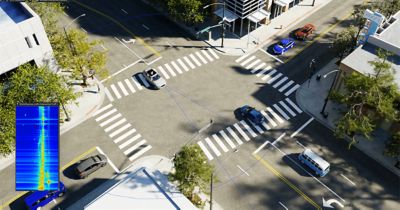Il blog Advantage di Ansys
Il blog Advantage di Ansys, che contiene i contributi di Ansys e di altri esperti di tecnologia, fornisce aggiornamenti su come la simulazione Ansys potenzia l'innovazione che promuove il progresso umano.
Ansys potenzia la nuova generazione di ingegneri
Gli studenti hanno accesso gratuito a software di simulazione di livello mondiale.
Progetta il tuo futuro
Connettiti a Ansys per scoprire come la simulazione può potenziare la tua prossima innovazione.
Gli studenti hanno accesso gratuito a software di simulazione di livello mondiale.
Connettiti a Ansys per scoprire come la simulazione può potenziare la tua prossima innovazione.
Il blog Advantage di Ansys, che contiene i contributi di Ansys e di altri esperti di tecnologia, fornisce aggiornamenti su come la simulazione Ansys potenzia l'innovazione che promuove il progresso umano.
Sorry. Our site search is running into issues and we're working to get it back up and running as soon as possible.
In the meantime, please use the Google search box below to search the site.


